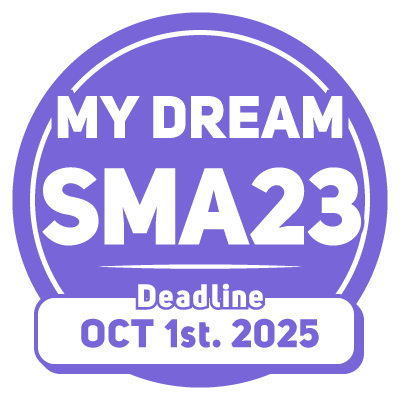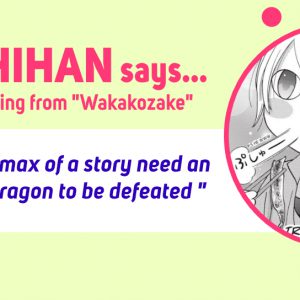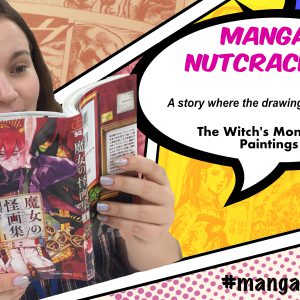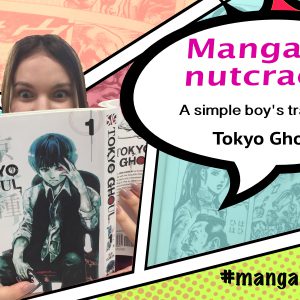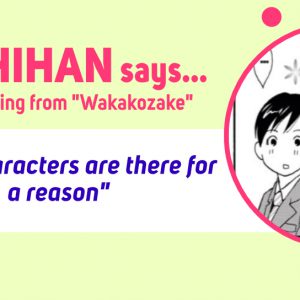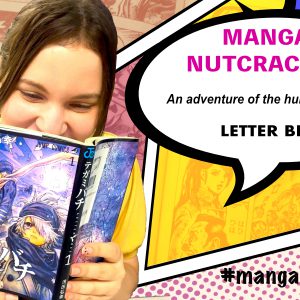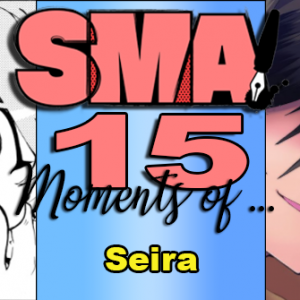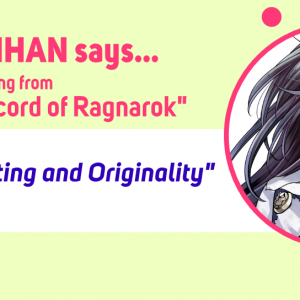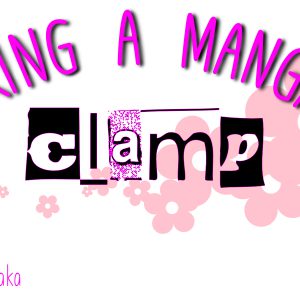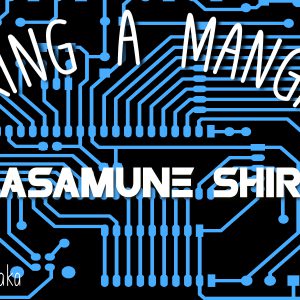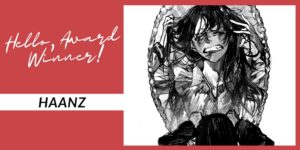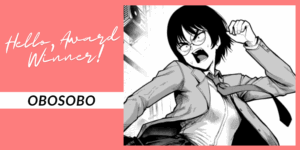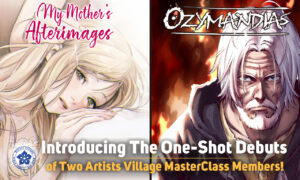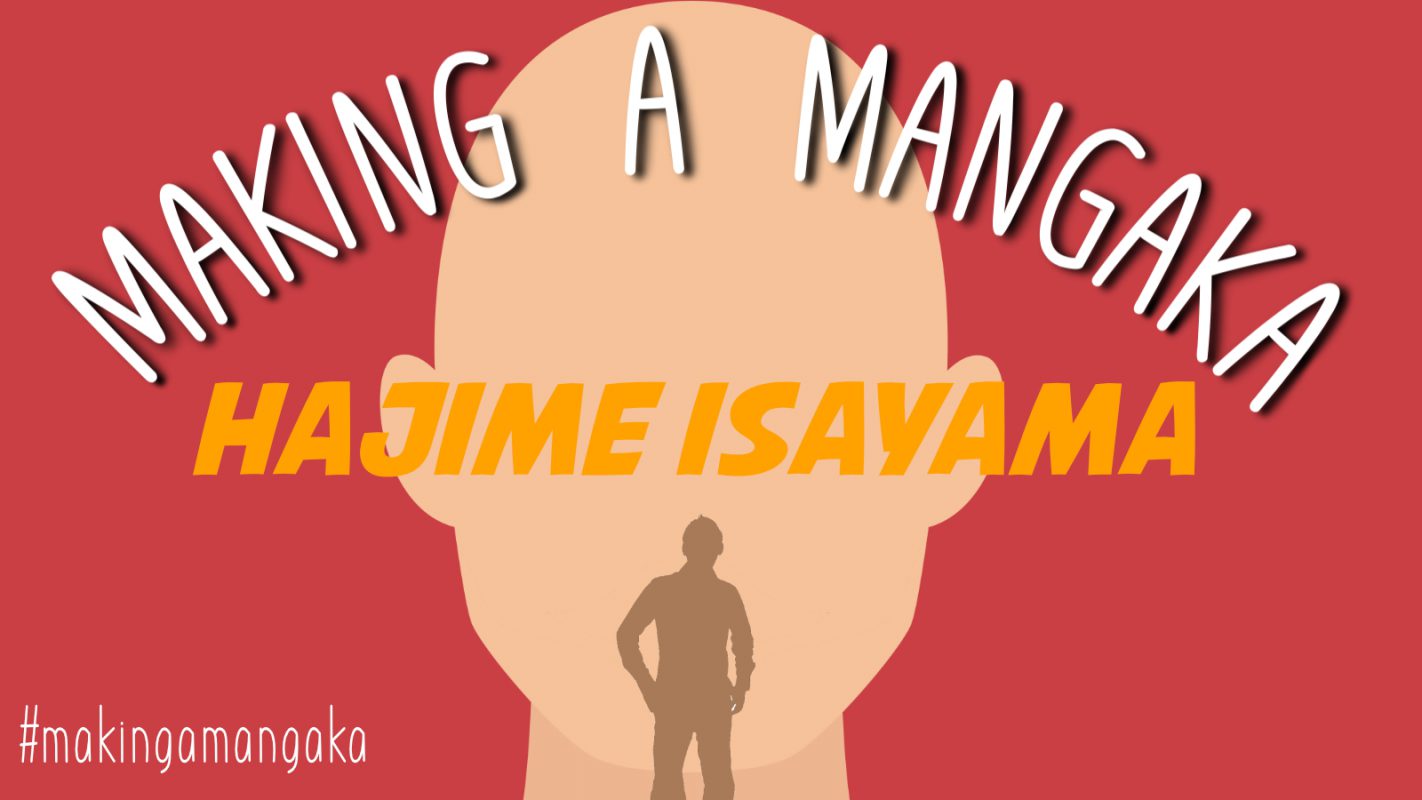
With his first and only series exploding onto the manga stage to much critical acclaim, this young manga creator’s future is one watch. An uncompromising creator who gambled with his career and won big! This week, I’m stepping into the titanic mind of Hajime Isayama.
Name: Hajime Isayama (諫山 創 Isayama Hajime)
Born: August 29, 1986
Place of Birth: Ōyama, Ōita Prefecture, Japan
Speciality: “Let the caged bird sing!”

ABOUT…
Born in rural Ōita Prefecture, Hajime Isayama began life surrounded by the towering walls of Ōyama’s monstrous mountain ranges. An avid fan of Weekly Shonen Jump, particularly Hell Teacher Nube, Isayama spent much of his high school years creating and submitting manga to numerous competitions, until making the decision to study the medium academically at Kyushu Designer Gakuen.
In 2006, Isayama won a “Fine Work” award with the Kodansha promoted Magazine Grand Prix. His 65 page winning one-shot, a forerunner to his most famous work, emboldened the 20 year old creator and prompted him to leave the confines of Ōita Prefecture for the sprawling, metropolitan expanse of Tokyo.
Whilst working at an internet cafe, Isayama further developed his winning one-shot with the intention of submitting to Tokyo’s big publishers. After politely rejecting the advice from Shueisha’s Weekly Shonen Jump editors, to tone down the artwork and darker elements of the story to make it more palatable for Jump, Isayama left his intact work with Kodansha’s Weekly Shonen Magazine.
Back on the competition circuit, Isayama submitted his one-shot Heart Break One, winning himself a “Special Encouragement Award” in 2008, with his second one-shot orz, being selected the same year.
Everything changed for Hajime Isayama in 2009, when Kodansha finally found a place for the one-shot left by the budding manga creator from Ōita Prefecture. Debuting in Bessatsu Shōnen Magazine, Attack on Titan (Shingeki no Kyojin, lit. “Advancing Giant”) became an instant, award winning hit.
From several manga spin offs, light novels and video games to an internationally recognized anime series, two part live action movie and an attraction at Universal Studios Japan, the success of Attack on Titan has astounded the manga making industry. With his first ever work reaching the heights of global success, Hajime Isayama gambled with the publication his creation and won. A risky move perhaps, but one that has secured a glowing future career of potentially titanic proportions.

The towering mountain ranges of Ōyama, Ōita Prefecture would prove a huge inspiration for Isayama. Guilhem Vellut/Flickr
MY THOUGHTS
As a member of a new breed of manga creators, Hajime Isayama is perhaps the most striking in performance and attitude. Embracing the maxim “write what you know”, Isayama used the frustration of growing up in a quiet rural setting and transformed it into a manga that has captured the hearts and imaginations of countless manga and anime fans around the world.
With his debut work Attack on Titan becoming a global success, Isayama expertly interweaves themes that, not only speak to his demographic on a personal level, but are the very foundations of this young man’s youthful turmoil, namely oppression and a desire to escape it.
In Isayama’s case, it was the humdrum life of rural Kyushu and the pull of Tokyo, but in the case of his central character Eren, it was the threat of total annihilation by the antagonistic Titans and the “gilded cage” of safety he so desperately seeks to escape.
From caged bird motifs to the three unassailable walls of the last surviving city, the imagery of captivity is liberally spread throughout much of the manga. Eren dreams of joining the Survey Corps, the elite soldiers who patrol the world beyond. Though rooted in the death of his mother at the hands of the monstrous Titans, the real driving force for his career choice is one of escape and exploration.

Attack on Titan attraction, Universal Studios Japan. miyaiijima/Flickr
But it’s in the theme of oppression that Hajime Isayama really strikes. In the Titans, we have uncontrollable, seemingly mindless destruction, but it’s the mystery that surrounds them that really captures the readers imagination. Isayama expertly utilizes our fears of the unknown to wrap these grotesque beasts in unimaginable oppressive intention.
The themes of oppression do not stop at the mighty Titans either. The police state that controls the ever dwindling population within the last bastion of humanity, control through oppression. The fascist regime that holds the gilded cage together proves more than a driving force for the manga’s key players to reach their all important goal…freedom.
The art work of Hajime Isayama may be crude, at least at the start of the series, but it’s his brilliant use of these two universally understood themes that has placed Attack on Titan in the annals of manga history. By giving a voice to his own fears and experiences, Isayama has overcome that which held him back, allowing the walls of his past to become the key to his future.
MANGA
Attack on Titan (2006) – One-shot version
Heart Break One (2008)
orz (2008)
Attack on Titan (2009–present)
Attack on Titan Inside (2013) – Characters profile, interviews.
Attack on Titan Outside (2013) – Concept art, interviews. Includes a draft from chapter 1.
Attack on Avengers (2014) – Marvel Comics crossover. Story by Isayama; Art by Axel Alonso and Joe Quesada.
The Killing Pawn (2014) – Art by Ryōji Minagawa.
Twitter – @chris_smac
Facebook – Chris Smac
